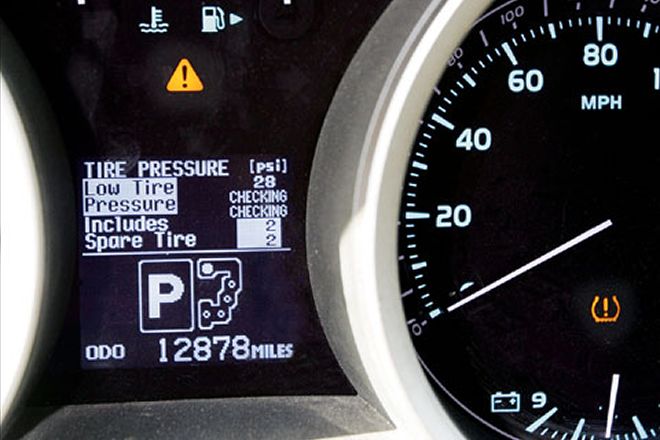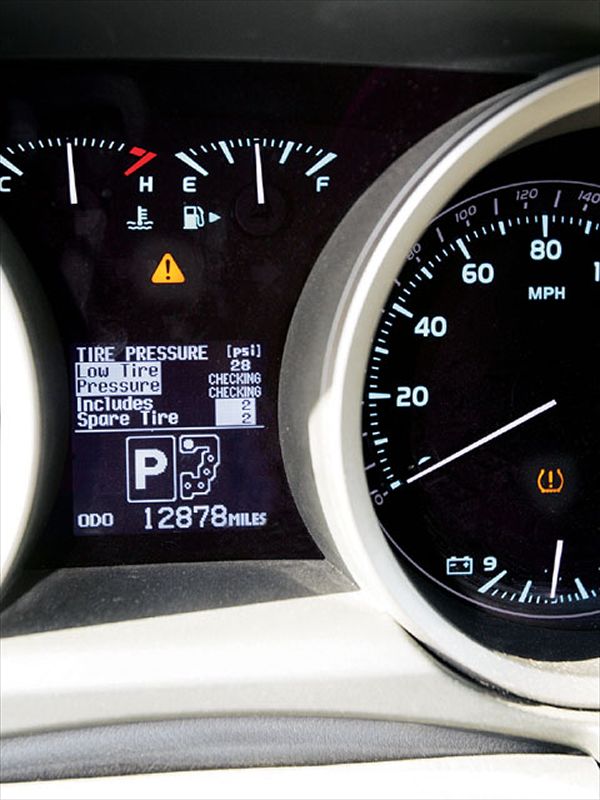
 Fred Williams
Brand Manager, Petersen’s 4Wheel & Off Road
Photographers:
Manufacturers
Fred Williams
Brand Manager, Petersen’s 4Wheel & Off Road
Photographers:
Manufacturers

Ever notice how safety systems are incorporated after a major accident that could have been prevented by common sense? For example, a few years back Ford Explorers and Firestone tires were involved in an overabundance of accidents. When it came time to point a finger at the culprit, it was decided that the manufacturers of the tires and trucks were to blame rather than the people behind the wheel who should be checking their tire pressure and driving their vehicles with care. Out of this fiasco the government ordered the National Highway Traffic Safety Administration (NHTSA) to begin enforcing some sort of tire-pressure monitoring system.
Beginning in early 2008 all passenger cars, light trucks, and vans (gross weight less than 10,000 pounds) are required to come with a tire-pressure monitoring system. This isn't really bad since most of these systems have a dash-mounted screen that tells you exactly what each tire is reading. However, problems can arise when you want to change to aftermarket wheels, as you need to swap in the tire-pressure monitors, if the new wheels can accommodate them. Plus these new tire-monitoring systems will flash warning lights if the pressure is 25 percent lower than the recommend pressure for your vehicle, such as when you air down to go off-roading, and everyone knows how fun a flashing dash light is while off-road. The fact is that tire-pressure monitoring systems are helpful, but they should not replace monthly tire pressure checks.





